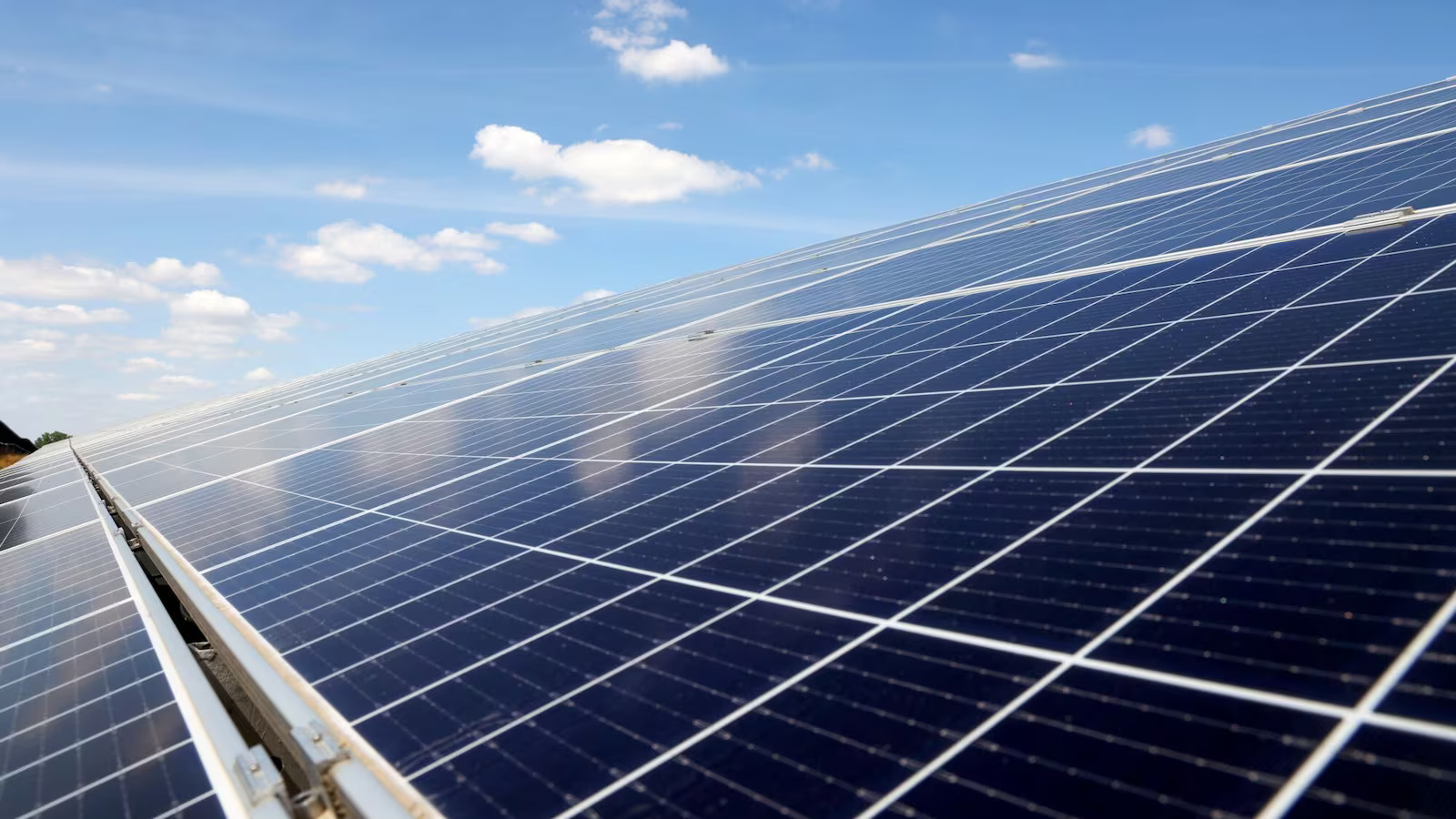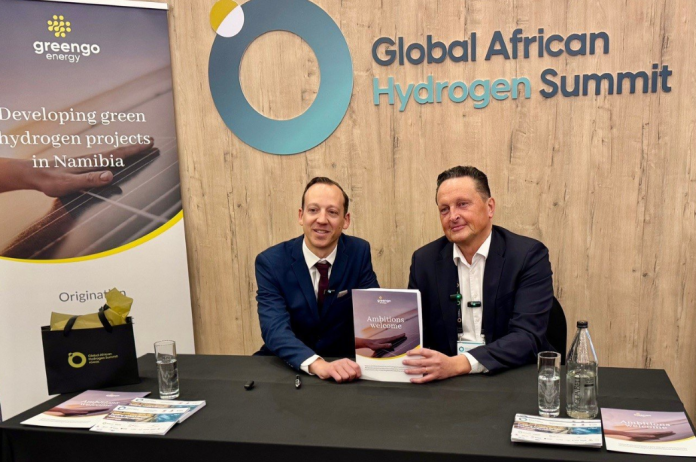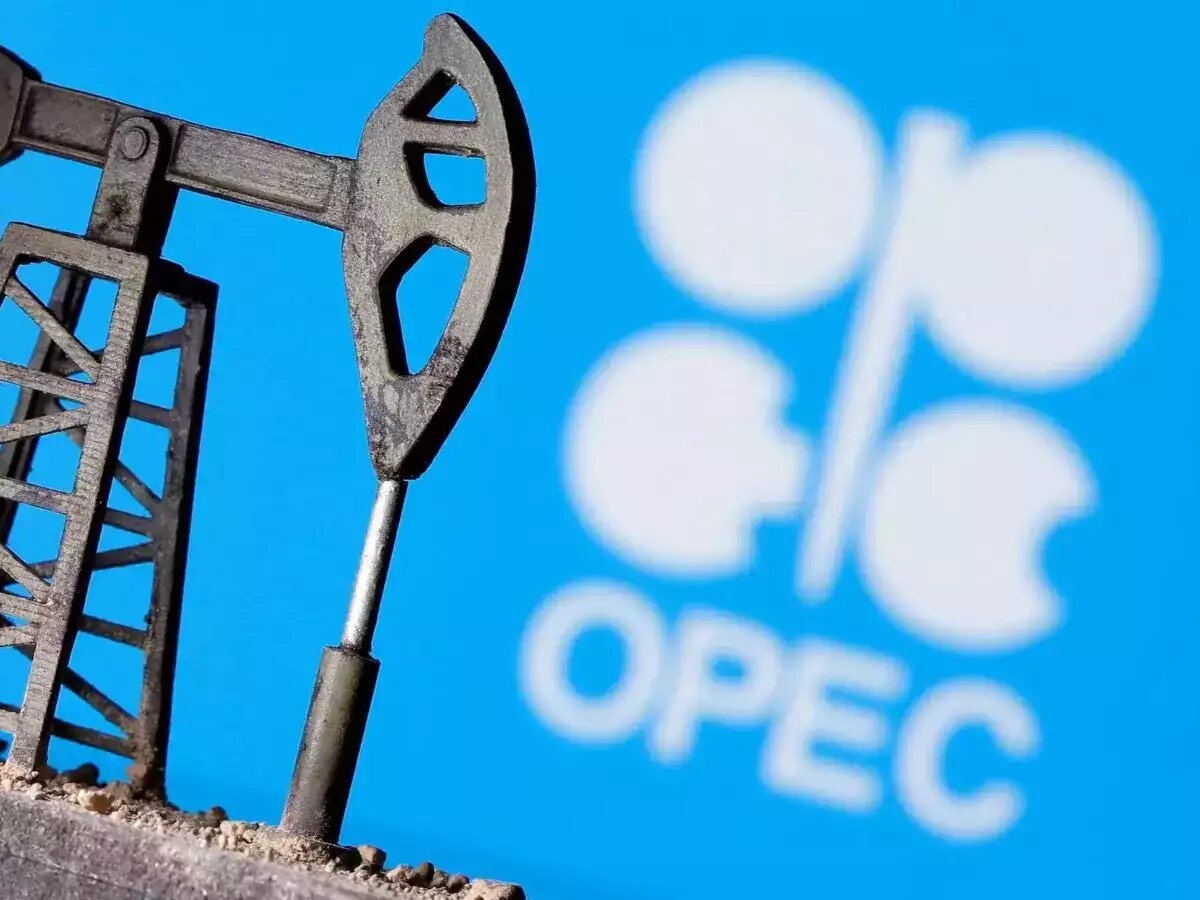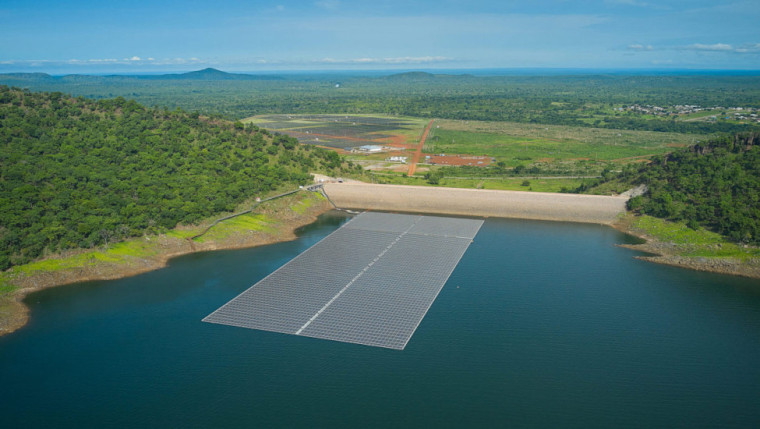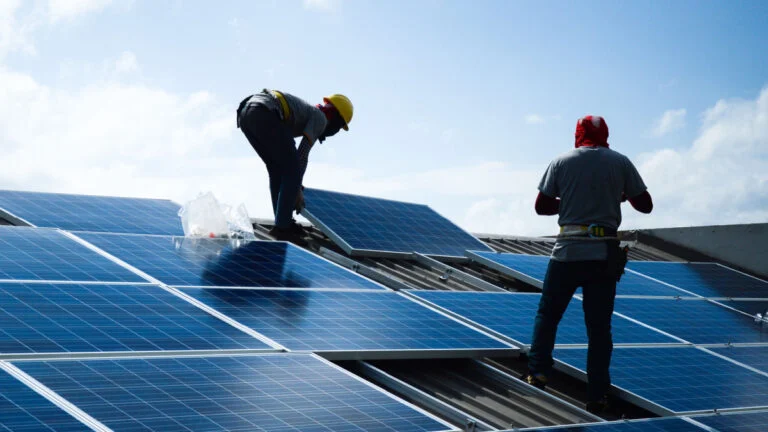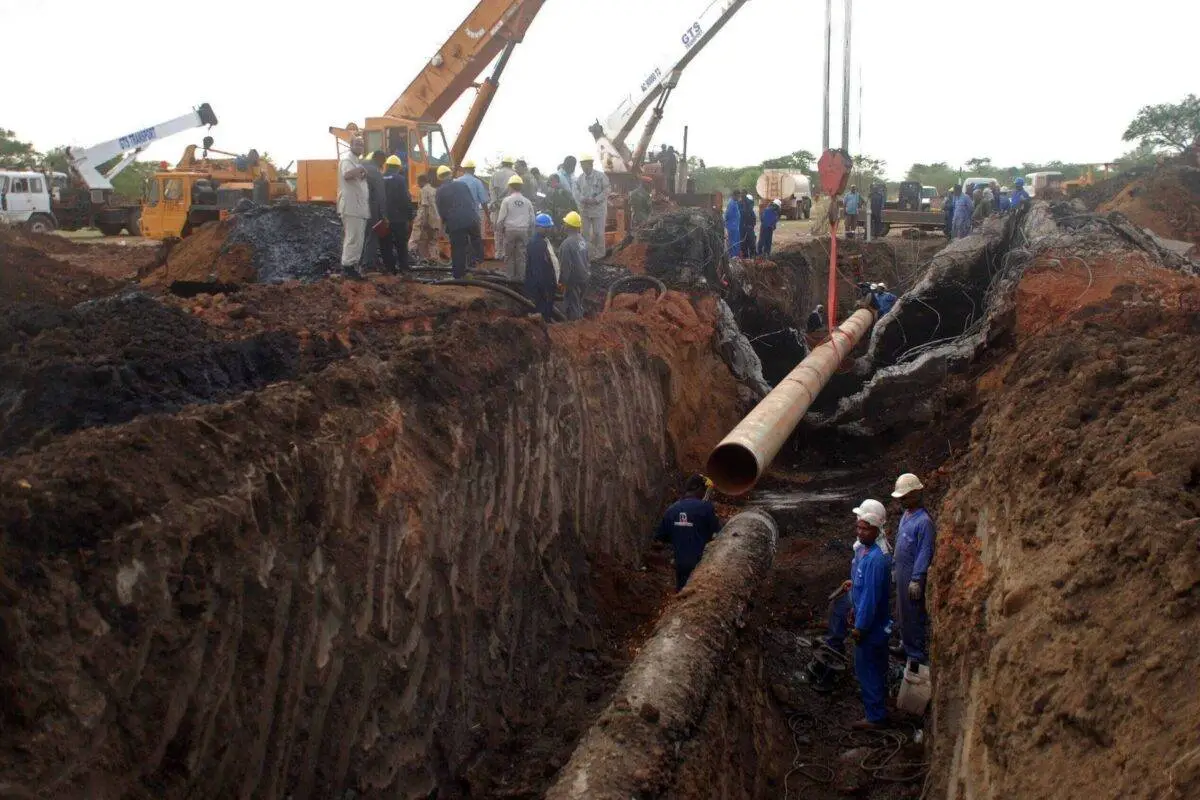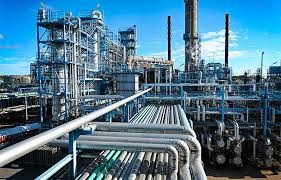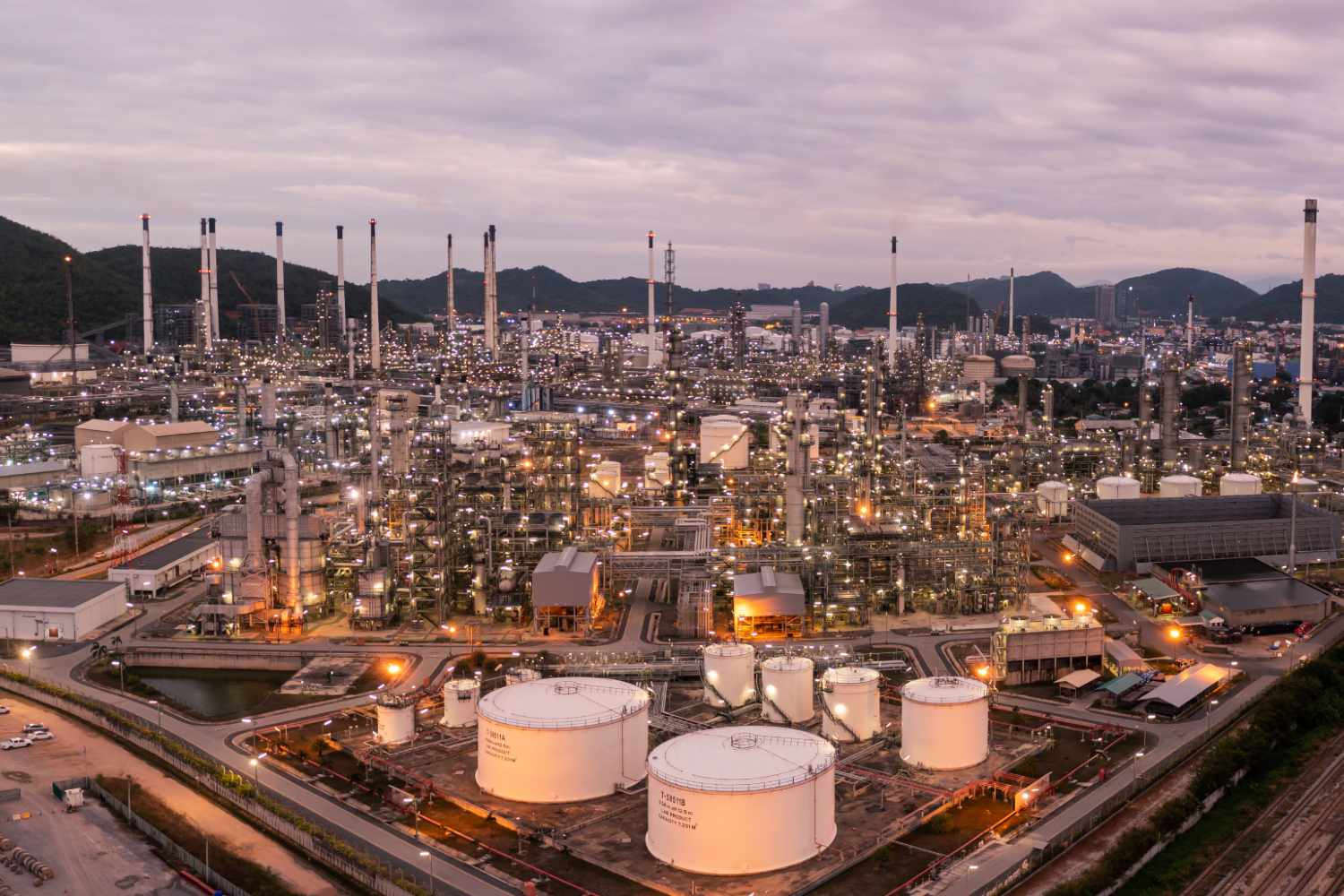Generation

Can Clean Energy Keep Up with a Growing Nation?
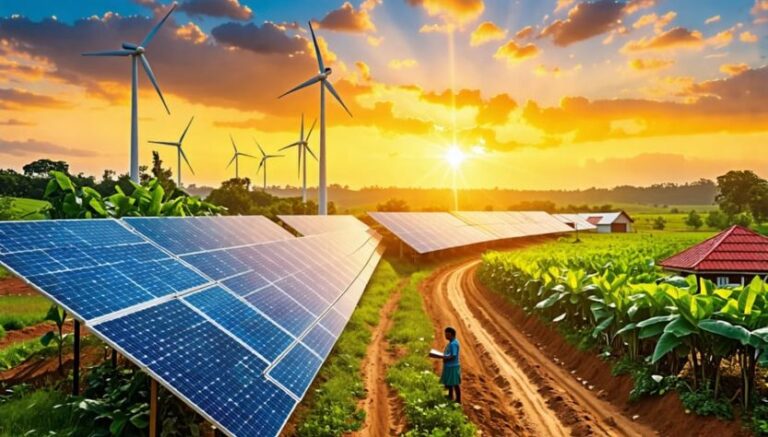
Kenya’s electricity demand just hit a record high but what does that really mean for the country’s future?
On a seemingly ordinary day in July 2025, Kenya quietly reached a milestone that most of the country didn’t notice: the national electricity demand surged to 2,362 megawatts, the highest in its history. But beyond the numbers lies a deeper story, one about ambition, growth, and a race against time to keep the lights on in an energy-hungry nation.
This is no longer just about powering cities. It’s about powering dreams. Factories, homes, schools, hospitals, every sector is stretching Kenya’s grid to its limits. And while the country takes pride in generating over 80% of its electricity from renewable sources, the big question looms:
Can Kenya’s clean energy keep pace with its booming demand?
The Clean Energy Advantage
Kenya is a global leader in geothermal energy and one of the few African countries where renewables dominate the power mix. From the steam vents of Olkaria to the spinning turbines at Lake Turkana, the country is tapping into nature to power its progress.
But even clean energy has its limits and Kenya is finding that out fast.
Demand Is Outpacing Supply
With over 1 million new electricity connections annually, Kenya is electrifying at lightning speed. Urbanisation, industrialisation, and changing lifestyles are pushing demand to levels once projected years into the future.
By 2030, energy experts estimate Kenya could need over 4,000 MW just to stay ahead, nearly double what it uses today.
The Grid is the New Frontier
While generation capacity is growing, the real bottleneck lies in the transmission infrastructure. Some grid lines are already running at over 120% capacity. Without urgent upgrades, Kenya could soon be producing more electricity than it can safely distribute.
Building a smarter, stronger grid isn’t just technical , it’s strategic. It’s how Kenya will deliver on its promise of universal energy access, boost industrial exports, and cut reliance on expensive, dirty backup diesel generators.
Kenya has set a bold goal: 100% clean energy by 2030. And it’s not just a dream , it’s a possibility.
But that path requires:
- More geothermal plants and solar farms,
- Strategic wind investments,
- Battery storage to manage peak loads,
- And most importantly, political will and global investment.
Right now, less than 2% of global renewable energy finance flows to Africa. If that doesn’t change, neither will the story.
Whether you’re a student, investor, policymaker, or just someone charging your phone , energy affects everything.
The next decade will determine if Kenya becomes a model for green development or another case of wasted potential. If it succeeds, the lessons could ripple across Africa, unlocking sustainable growth from Lagos to Lusaka.




